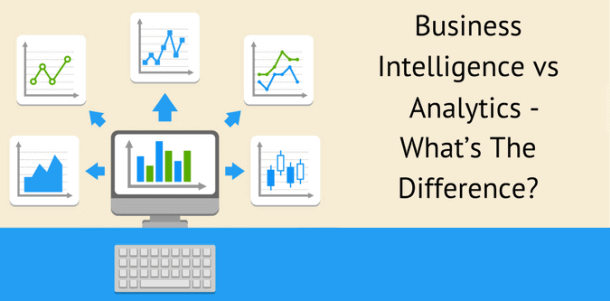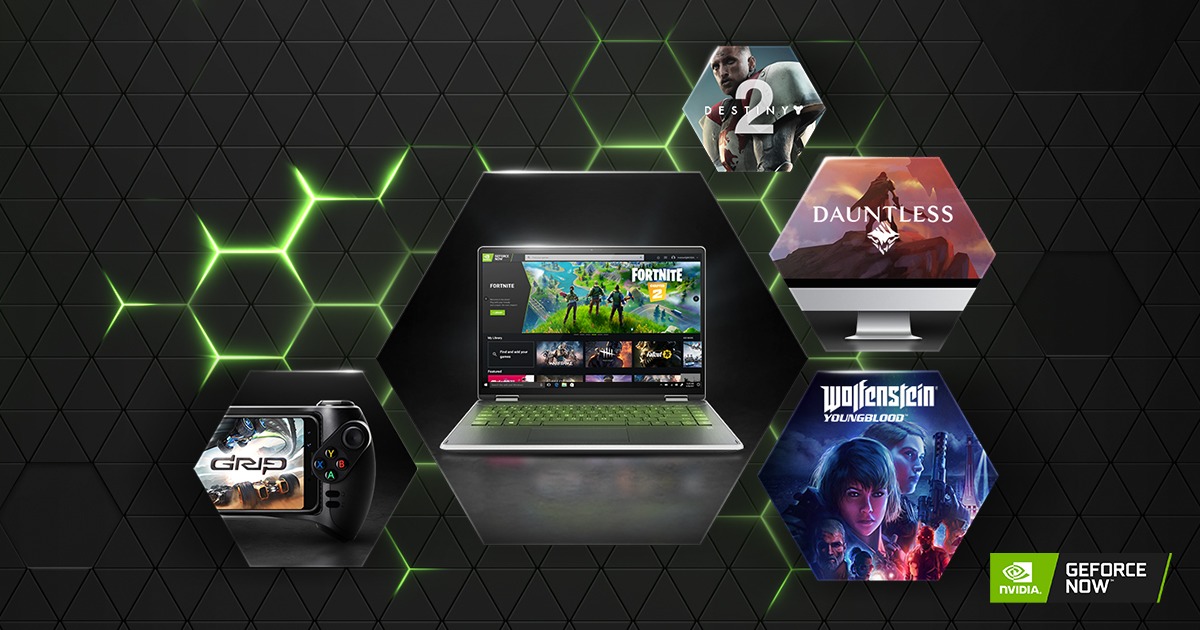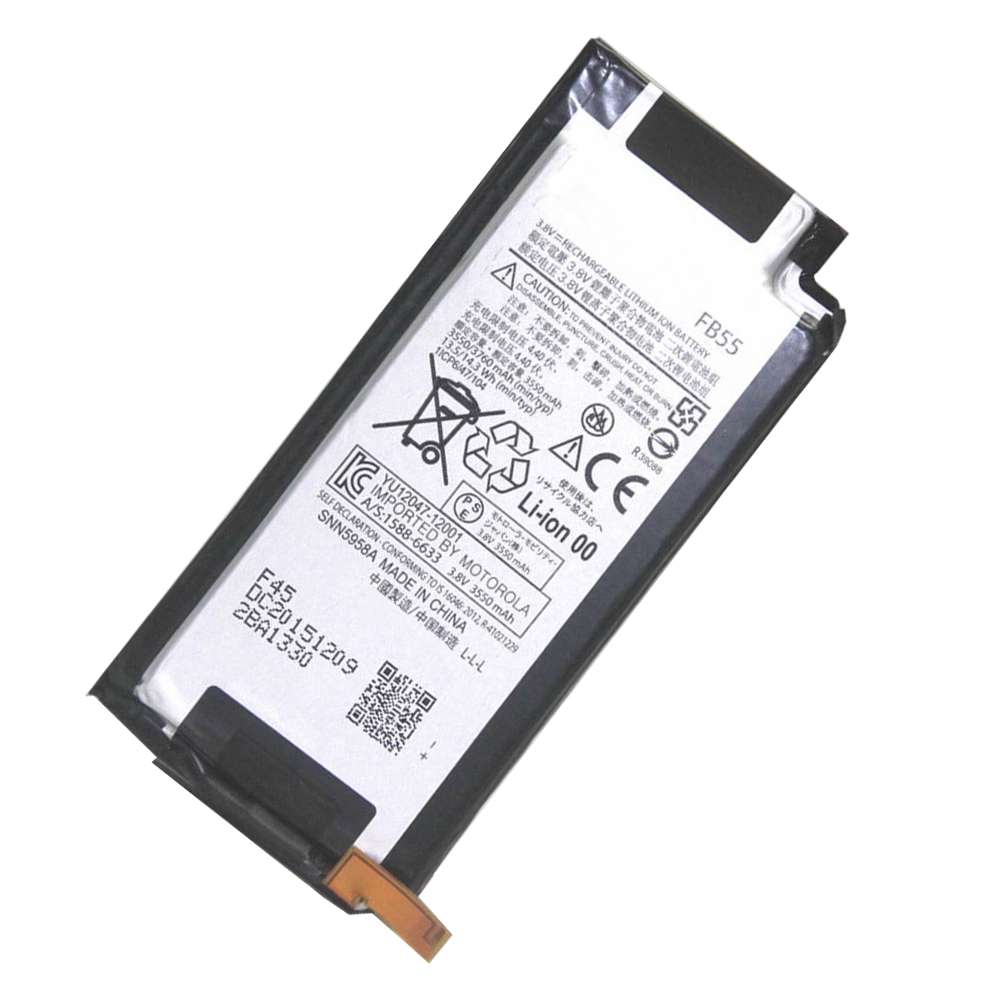BI Analytics Trends Forecasted for 2020. Following is the difference between Business Intelligence and Business Analytics are as follows.
 Traits To Consider When Choosing Business Intelligence Tools Kurindeta Limited
Traits To Consider When Choosing Business Intelligence Tools Kurindeta Limited
Reporting and analysis.

Bi and analytics. Business analysts and software buyers alike often ask what are the key differences between business intelligence vs business analytics. Traditional business intelligence BI has been focused mostly on reporting. Business intelligence BI combines business analytics data mining data visualization data tools and infrastructure and best practices to help organizations to make more data-driven decisions.
Business intelligence focuses on descriptive analytics. The BIAnalytics Conference is North Americas premier networking event for SAP customers in business intelligence and analytics. BI reporting and analytics tools allow users to easily and quickly gather combine and process diverse data from multiple data sources extract business-critical insights from datasets and distribute the information obtained to other organizational stakeholders in a readily consumable format.
While there are several options available business intelligence tools BI and business analytics tools BA are arguably the most widely implemented data management solutions. Business intelligence encompasses analytics acting as the non-technical sister term used to define this process. Data analytics can help companies that want to transform the way they do business.
Heres a look at some of the biggest trends likely to dominate the business intelligence and analytics space in 2021. Learn the distinctions between. Currently the business IT ecosystem is rapidly embracing smart devices smart technologies and smart tools to cut operating cost enhance business efficiency and optimize business processes.
BI and analytics solutions hosted in the cloud were a feasible and necessary solution. Key Differences Between Business Intelligence and Business Analytics. The major difference between business intelligence and business analytics is the questions they answer.
BI prioritizes descriptive analytics which provides a summary of historical and present data to show what has happened or what is currently happening. In practice you know youve got modern business intelligence when you have a comprehensive view of your organizations data and use that data to drive change eliminate inefficiencies and quickly adapt. The event features real-world strategies and best practices to address business analytics trends.
This helps data analysts to understand the relations between business entities and create meaningful links to perform data analytics. Twelve Curated Trends for 2020. Business Analytics BA and Business Intelligence BI both provide tools for handling and making sense of your data.
Business intelligence and analytics are data management solutions implemented in companies and enterprises to collect historical and present data while using statistics and software to analyze raw information and deliver insights for making better future decisions. In this approach to BI highly-formatted reports are created by a few peopletypically report developersand distributed to an entire department or organization. BI software provides businesses with the opportunity to aggregate and organize data into compatible formats and then present data using a varied range of data reports charts and graphs.
Here we look at the top 10 analytics and BI tools available today. More recently the trend in analytics has been instead to provide the people. Business intelligence addresses ongoing operations helping businesses and departments meet organizational goals.
BI often refers to the process that is undertaken by business analysts in order to learn from the data they collect in a post-analysis phase. Artificial Intelligence Businesses are advancing from a static passive report of things to proactive analytics with dashboards that help them see what is happening every second and give regular alerts. Experience real-life case studies interactive discussion sessions demos and SAP expert presentations.
Both disciplines can benefit from a little data preparation. Business Intelligence uses past and current data whereas Business Analytics uses past data to extract insights and run the business operations that drive the customer needs and. In order to extract value from that data businesses need the right analytics or BI Business Intelligence tools to make it happen.
Increased Adoption of Technologies to Ensure and Secure Data Sharing Along with the need for gaining access to BI and analytics solutions came the need to provide information workers with the ability to process and share data remotely across an organization. Common ground for business intelligence and analytics. So it is only natural that the next big transition in the world of analytics will be smart analytics to suit the needs.









